Nashville West “Nashville West”
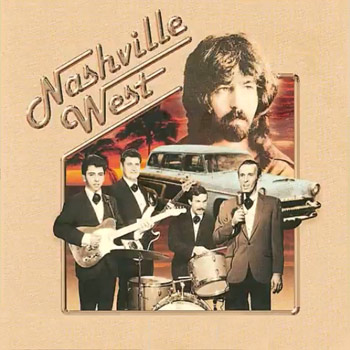
Sierra-Briar Records released the original Nashville West vinyl LP in 1978. Initially panned by rock critic Noel Coppage in ‘Stereo Review‘ magazine, the Nashville West album has since been proclaimed one of the “20 Essential Country Guitar Albums” (Guitar Player magazine) and has seen subsequent releases in Italy, Holland, and England.
Nashville West is indeed a solid record that features the talents of Gib Guilbeau (vocals), Wayne Moore (bass), Gene Parsons (drums), and of course Clarence White (guitar). These recordings were laid down live at the Nashville West Club in El Monte, California (1967). The four musicians traveled back and forth from Bakersfield to LA in a beat up 1954 Mercury station wagon, playing all the local dive bars and clubs along the way. These songs were recorded before Guilbeau formed Swampwater and also before Parsons and White would become full-time members of the Byrds. The group’s name was actually the Reasons and these recordings were laid down before the invention of the B-Bender – Clarence White played it straight, with just a tele.
The song selection is eclectic (blues, cajun, rock, country, and instros) and the sound quality a bit rough in spots but this gives the Nashville West album its intimate feel and unique character. No bullshit here, just hard hitting drum work via Gene Parsons and dazzling Clarence White guitar solos. The early version of “Nashville West” kicks things off nicely. Many of the performances are low key but forceful, give a good listen to “Sweet Mental Revenge” and “CC Rider” for an example of this. My favorite number is the instrumental “Ode To Billy Joe.” This cut features outstanding, slightly spacey guitar work that sounds pretty fresh 40+ years after the fact. Other worthy cuts are “By The Time I Get To Pheonix,” a sturdy rendition of “Love Of The Common People,” “Greensleeves,” and “Mom & Dad’s Waltz.” The band’s sound here is bar-band tight and Gib’s vocals are appealingly world weary.
Nashville West was really the beginnings of country-rock. The performances are fun, honest and the guitar playing is absolutely top notch. A very good disc. The Sierra Records CD is the best version to get, as it features a handful of bonus tracks and nice liner notes.
“Ode To Billy Joe”
![]() CD Reissue | 2001 | Sierra | buy at sierra | at amazon ]
CD Reissue | 2001 | Sierra | buy at sierra | at amazon ]
Also Recommended
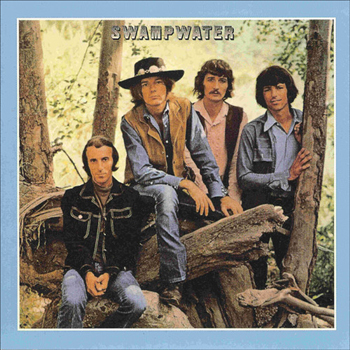
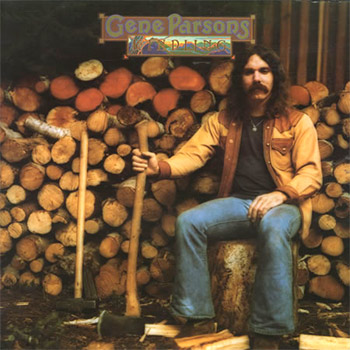
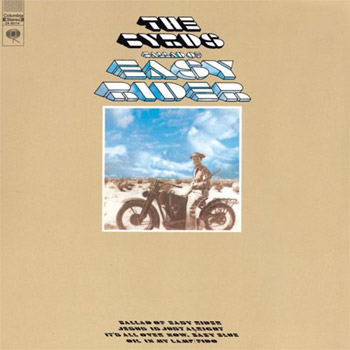
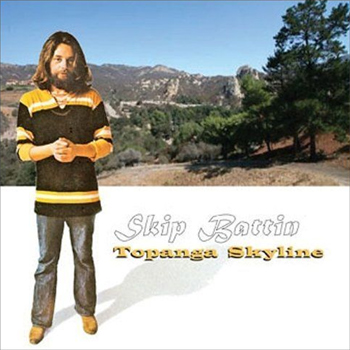
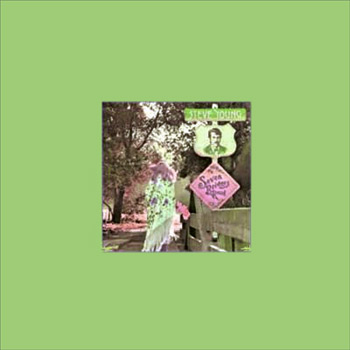
Hi, when I right click these to save they are saying mp4, i’m confused.
Sorry, changed the links to mp3.
I received this album as a promo while working at Tower Records in 2001 (maybe 2002). Not knowing anything about the band, I gave the disc a spin at my work space and felt an immediate attraction to the performances. Familiar songs but fresh interpretations. Since acquiring my copy, Nashville West has ranked as one of the more outstanding country rock albums in my collection. There is an earthiness here I find lacking in such name brands as Gram Parsons.
Good call @Peter. Clarence is just so in the zone, all feel. This is really soulful guitar work from one of the masters of technique AND style. And yeah, the group has that welcome rough edge.
But do you have to be a guitar player to really love this one?
oh my god, i have never heard of approx 90% of the artists you mention!!!
cool blog anyway!!!
Oh my, how Clarence was, and is, THE country rock guitar man, sans pareil. You can hear how he was working toward the B-Bender sound, even without the extra hardware, particularly on the “CC Rider” solo with its split harmonics. I can even forgive him those hairstyles! From that mid-60s Little Richard pompadour to the French Poodle cut with the Byrds . . . I can also recommend very highly “Tuff & Stringy”, the Ace Records compilation of Clarence’s studio sessions backing a plethora of different vocalists between 1966 and 1969 when he joined the Byrds, and also including a handful of rare instrumental tracks recorded under his own name. This is about as close as you’ll get to the Clarence White solo album that never was.
Clarence became a two month long obsession after reading an article on him in fretboard journal. Check it out. It’s difficult to really peg down what album best exemplifies his virtuosity. He was as innovative on the acoustic as he was on the tele. Crosspicking v. B-bender. He even played with Andy Griffith (see you tube). I don’t know how to recommed one Clarence white album other than to recommend them all, and there not that many. Plus Sierra records sells them at a discount. It’s a find online. Also check out Clarence white tab fr his bro rioland’s web site.
Muleskinner is also great!
Just exhumed this one after a long period and felt compelled to write some more about it. On this set, unfettered by the need for restraint that was paramount in the studio, especially on sessions for other artists, Clarence here simply gives it everything he’s got, and then some. Yes, he overplays hugely most of the time, but in the context of a live gig in a small bar that’s entirely forgivable, and turns out to be a bonus for students of his technique because as far as I know it’s the only recording on which the full extent of his electric guitar talents can be enjoyed. I’ve listened to just about all of Clarence’s electric guitar studio sessions, most especially the latterday Byrds albums and Tuff & Stringy: Sessions 1966-68, the fine collection of rare singles by forgotten country singers and occasional instrumentals recorded under his own name, and, not to undervalue the understated brilliance of his contributions to these, there’s nowhere else that the full impact of his genius can be appreciated other than on the present live set.
The ironic thing about this album is that the sound quality is so good – despite being recorded on Gene Parsons’s domestic quarter-inch reel-to-reel – that if it wasn’t for the occasional playing fluffs and the Clarence-heavy balance you’d think it was a studio recording. Including a bit of audience reaction after each song would have helped, but it’s my guess that these songs were played to six men and a dog while the bar staff nodded off. If I could have been there . . . I did in fact get to see Clarence with the Byrds at the Shepton Mallet (Bath) Festival in 1970, but due to heavy rain and the inadequate stage protection of the times the Byrds chose to do an all-acoustic set to avoid possible electrocution, and Clarence’s Telecaster stayed in its case. Shame.
Finally, as you listen to this album and Clarence’s pedal steel impersonations and bent harmonics, remember that it was cut before the B-Bender was devised by him and Gene. How did the guy manage to do so much with so little? They say that the greatest tribute paid to Hendrix’s technique is that guys are still trying to figure out how he got the sounds he did. I’m still trying to do this for Clarence.